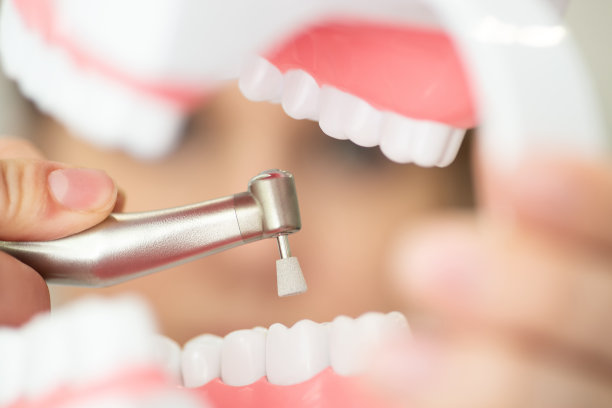Essential Guidelines to Follow After Receiving a Dental Filling for Optimal Oral Health and Longevity
Summary: After receiving a dental filling, it is crucial to adopt certain guidelines to ensure optimal oral health and longevity of the filling. This article delves into essential practices that individuals should follow, which include avoiding certain foods, maintaining proper oral hygiene, scheduling regular dental check-ups, and recognizing signs of potential problems. By adhering to these guidelines, patients can prolong the life of their dental fillings and preserve overall dental health. Understanding these aspects can make a significant difference in one鈥檚 oral care routine.
1. Avoid Specific Foods and Beverages

Immediately after having a dental filling, one of the most important guidelines to observe is to avoid certain foods and beverages. For at least 24 hours post-procedure, refrain from consuming hot, sticky, or hard foods that could compromise the integrity of the filling. High-sugar foods can also be detrimental as they promote bacteria growth, which may lead to further decay around the filling.
Moreover, it is advisable to avoid very hot beverages, as they might not only cause discomfort but could also affect the material of the filling. Instead, opting for soft foods like yogurt or smoothies can facilitate a smoother recovery period.
For those with temporary fillings, caution is needed as they are not designed to last long-term. Stick to a soft diet to avoid dislodging the filling, which could necessitate additional dental visits and disruptions to your oral care routine.
2. Maintain Consistent Oral Hygiene Practices
After receiving a dental filling, maintaining diligent oral hygiene practices is essential. Brushing your teeth at least twice a day with fluoride toothpaste will help in keeping both the fillings and the rest of your teeth healthy. It鈥檚 important to gently brush around the filling site to ensure plaque and food particles are cleared away without damaging the filling.
Flossing regularly is equally important, as it removes debris and prevents gum disease. Floss carefully around the filled tooth to avoid dislodging the filling. Be gentle to prevent any discomfort and to preserve the integrity of the filling.
In addition to brushing and flossing, consider using an antibacterial mouthwash. This can help in reducing oral bacteria and maintaining overall dental health. A good rinse can be particularly beneficial in the days following the filling, as the mouth may need extra care to promote healing.
3. Schedule Regular Dental Check-ups
Scheduling regular dental check-ups is crucial after receiving a dental filling. These visits allow your dentist to monitor the condition of the filling and assess your overall oral health. Dentists can identify any early warning signs that could indicate complications, such as a loose filling or decay under the filling, ensuring prompt intervention.
Regular dental appointments, typically every six months, give you the opportunity to discuss any concerns you may have regarding your fillings or overall oral health. Your dentist may also provide professional cleaning that鈥檚 crucial for maintaining healthy gums and teeth surrounding the filling.
Moreover, these visits enable dentists to advise you on potential lifestyle changes that could further benefit your oral health. They can recommend customized care routines that align with your specific health situations, enhancing your dental longevity.
4. Recognize Signs of Complications Promptly
Being vigilant about recognizing any signs of complications following a dental filling is vital for maintaining oral health. If you experience any unusual discomfort, sensitivity, or pain around the filling, it should not be overlooked. Such symptoms may indicate a problem that requires immediate attention.
Additionally, if you notice any discoloration or if the filling feels loose, contact your dentist as soon as possible. These could be indicators of decay or deterioration surrounding the filling, which can lead to more extensive dental work if not addressed promptly.
Awareness of symptoms like swelling or bleeding gums around the filling can also signal an infection. Getting a timely evaluation from your dentist is essential to prevent further complications and to ensure the longevity of your dental work.
Summary:
Following the guidelines presented above can significantly enhance the longevity of dental fillings and strengthen overall oral health. By avoiding specific foods, maintaining excellent oral hygiene, scheduling regular check-ups, and recognizing signs of complications, individuals can ensure that their dental fillings serve them well for years to come. Taking these preventive measures can save money and time, ultimately contributing to a healthier smile.
This article is compiled by Vickong Dental and the content is for reference only.


